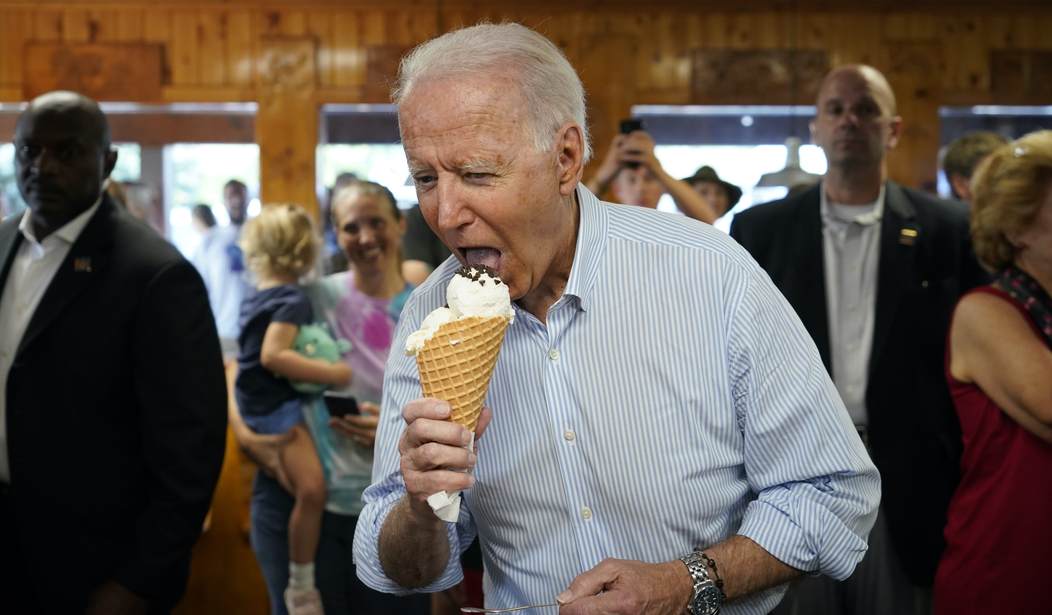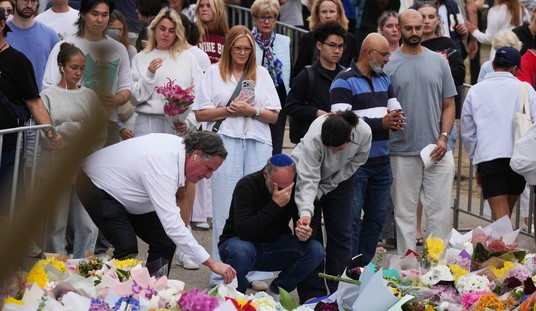As the Biden Administration continues to deny rising energy and food prices are a result of intense government spending, blaming "corporate greed" instead, the numbers on how much more American families are paying for basic goods are here.
According to data analysis published with Fox Business, the average American family paid $3500 more this year for necessary items.
Findings from the Penn Wharton Budget Model, a nonpartisan group at the University of Pennsylvania's Wharton School, show that most U.S. households will need to allocate at least 6% more of their budget in order to sustain last year's spending level on goods and services. That figure is even higher for low-income Americans, who need to increase their spending by at least 7%.
The recent inflation burst is disproportionately hurting lower-income households, largely because they collectively spend more on energy – which has seen some of the wildest price swings over the past year – while wealthy Americans spend more on services, which has seen the smallest inflation increases.
That could mean, based on 2020 spending data, that the bottom 20% of income-earners saw their consumption expenditure increase by 6.8% to $2,120 per household, while the top 5% saw a 6.1% increase, or roughly $7,636 per household. Middle-income earners also saw a large increase in expenses, with an increased consumption expenditure of $4,351, or an increase of 6.8%.
Recommended
The average American family is expected to pay an extra $3,500 due to Bidenflation, according to a new study.
— RNC Research (@RNCResearch) December 16, 2021
Two-thirds of Americans say they are “feeling the impact" of Biden's inflation crisis. pic.twitter.com/DTf2h5ve3l
Any gains from increases in pay have been wiped out and launched into negative territory.
Just for some perspective, if you get 26 paychecks a year (as most do), 6.8% inflation means that almost 2 of those are gone. https://t.co/zLZ8tmAdGa
— Ryan James Girdusky (@RyanGirdusky) December 10, 2021
In October, White House Chief of Staff Ron Klain said inflation was a "high class problem," but it's hitting America's least wealthy communities the hardest.
This ???? https://t.co/ymh53nEHAg
— Ronald Klain (@WHCOS) October 14, 2021

























Join the conversation as a VIP Member